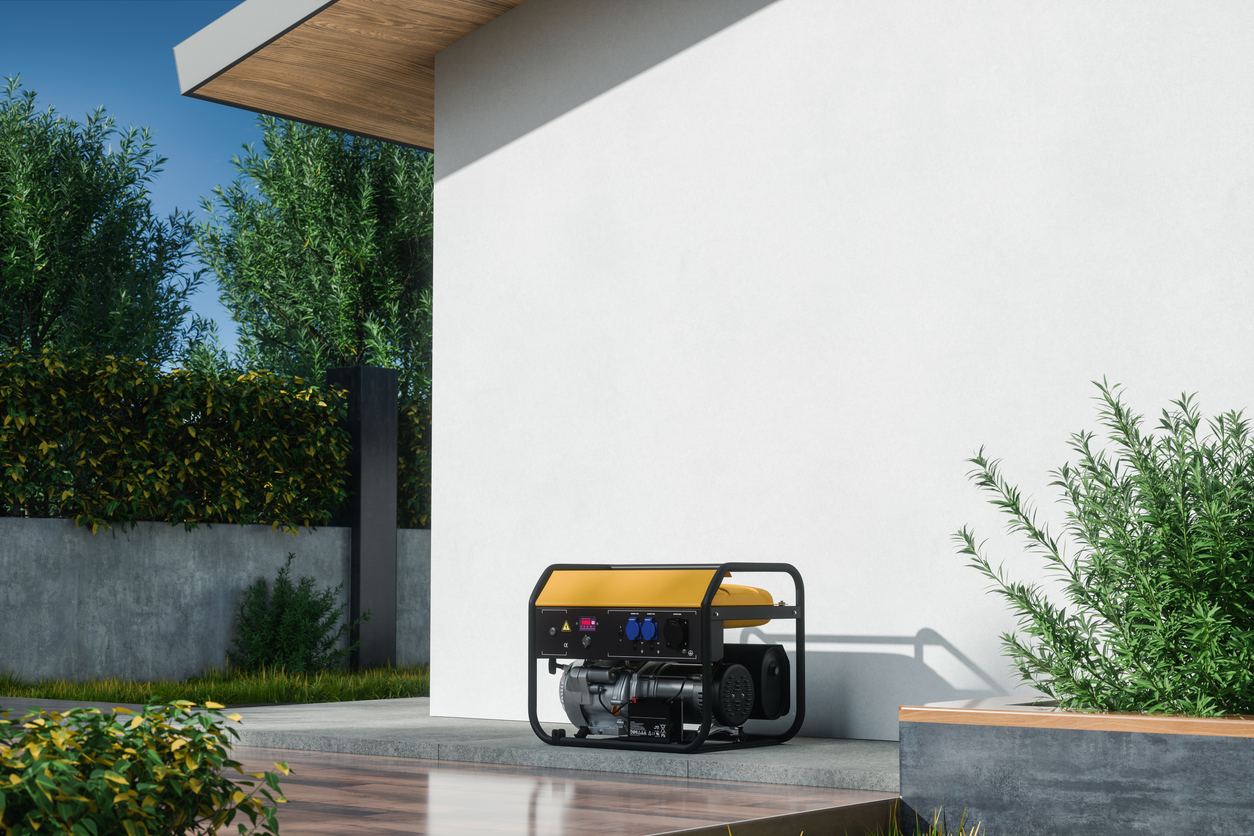Bathtubs have long been a staple in bathroom design, offering a retreat from the daily grind and a space for relaxation. Over the years, they have evolved from simple utilitarian fixtures to luxurious features that enhance the aesthetic and functional appeal of modern bathrooms. You can find bathtub options with an online search.
Types of Bathtubs
Bathtubs come in various styles and materials, each catering to different preferences and bathroom layouts. The most common types include freestanding, alcove, drop-in, and corner bathtubs. Freestanding bathtubs, often referred to as standalone tubs, offer a classic look and are ideal for spacious bathrooms. They can be placed anywhere in the room, making them a flexible option. Alcove bathtubs are designed to fit into a three-walled enclosure, making them perfect for smaller bathrooms where space efficiency is key. Drop-in bathtubs are built into a platform or deck, providing a seamless and customizable look. Corner bathtubs, on the other hand, are specifically designed to fit into a corner, optimizing space in smaller bathrooms.
Materials and Finishes
The choice of material for a bathtub significantly impacts its durability, maintenance, and overall appearance. Acrylic and fiberglass are popular for their lightweight and low-maintenance qualities. They are available in various shapes and sizes and can be molded into different designs. Cast iron bathtubs, coated with enamel, offer excellent heat retention and a timeless look but are heavier and require additional support. Steel bathtubs, similar to cast iron but lighter, are coated with a layer of porcelain enamel for a durable finish. For a touch of luxury, stone and marble bathtubs provide an elegant appearance and a unique texture, though they come with a higher price tag and maintenance requirements.
Features and Accessories
Modern bathtubs come with a range of features and accessories designed to enhance comfort and convenience. Whirlpool and air jet systems are popular additions that offer a spa-like experience by providing therapeutic massage and relaxation. Heated backrests, built-in speakers, and LED lighting are also available to elevate the bathing experience. For those looking for practicality, built-in storage shelves, grab bars, and non-slip surfaces can improve safety and functionality. When selecting features, consider how they align with your personal needs and bathroom space.
Installation Considerations
Proper installation is crucial to ensure the longevity and functionality of a bathtub. Factors such as the weight of the tub, plumbing requirements, and bathroom layout must be considered. Freestanding tubs typically require additional plumbing work, while alcove and drop-in tubs may have more straightforward installation processes. Ensuring that the floor can support the weight of the tub and that there is adequate access to plumbing connections is essential. Professional installation is often recommended to avoid issues such as leaks, improper sealing, or structural damage.
Maintenance and Care
Maintaining a bathtub involves regular cleaning and care to keep it looking and functioning well. The cleaning routine will vary depending on the material of the tub. Acrylic and fiberglass bathtubs should be cleaned with non-abrasive cleaners to avoid scratches, while cast iron and steel tubs may require occasional re-glazing or refinishing. For stone and marble tubs, it’s important to use specialized cleaners that won’t damage the surface. Regularly inspecting and addressing any signs of wear, such as cracks or discoloration, can prevent more significant problems and extend the lifespan of the bathtub.
Cost and Budget
Bathtub prices vary widely based on the type, material, and features. Budget-friendly options include acrylic and fiberglass bathtubs, which offer a good balance of durability and cost. Mid-range options like steel or standard cast iron tubs provide a more classic look at a reasonable price. High-end choices, such as custom stone or luxury freestanding tubs, can be quite expensive but offer exceptional aesthetics and features. When budgeting for a bathtub, consider not only the purchase price but also the cost of installation, potential modifications to the bathroom, and long-term maintenance.
Conclusion
Choosing the right bathtub involves balancing style, functionality, and budget. With a variety of types, materials, and features available, there’s a perfect bathtub for every home and preference. Whether you’re looking for a luxurious spa experience or a practical solution for a small bathroom, understanding your options and considering factors such as installation and maintenance will help you make an informed decision. A well-chosen bathtub not only enhances the beauty of your bathroom but also provides a relaxing retreat for years to come.


